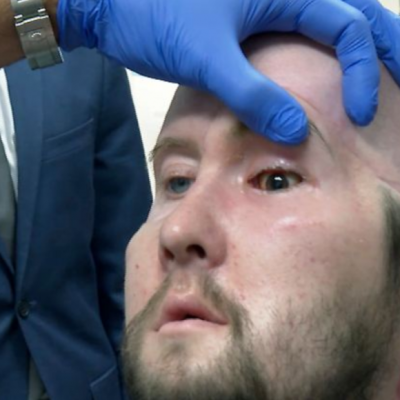In a groundbreaking medical achievement, doctors at Boston Children’s Hospital have successfully operated on a fetus with a life-threatening condition called Vena-Galeni-Malformation (VOGM). This condition is a malformation of the blood-carrying arteries in the brain that occurs before birth. It causes arteries that transport blood from the heart to the brain to connect directly with one of the main veins at the base of the brain, bypassing the capillaries that are essential for slowing down blood flow and supplying oxygen to brain tissue. This can lead to serious health problems, including heart failure and lung hypertension, and can even be fatal.
The condition is usually detected during prenatal ultrasound and diagnosed definitively through an MRI in the late second or third trimester of pregnancy. However, doctors at Boston Children’s Hospital have now successfully operated on a fetus with VOGM while still in the womb. Using ultrasound-guided transuterine embolization, they were able to treat the condition before birth. The baby was born two days later through a natural delivery, and a post-birth echocardiogram showed a progressive normalization of heart function. The baby did not require any cardiovascular support or surgery after the in-utero treatment, but due to premature birth, spent several weeks in the neonatal intensive care unit before being discharged.
VOGM is a rare condition that occurs in about one in 60,000 newborns. The current standard treatment for the condition is postnatal embolization, a catheter procedure that closes the direct connections between arteries and veins in the malformation to block excessive blood flow to the brain and heart. However, this procedure carries significant risks and does not always reverse heart failure. In contrast, the in-utero surgery could become the new standard treatment for VOGM, potentially reducing the risk of long-term brain damage, disabilities, or death in infants with the condition. While this is only the first case, the doctors involved in the study believe that this approach could be a paradigm shift in the treatment of VOGM.










